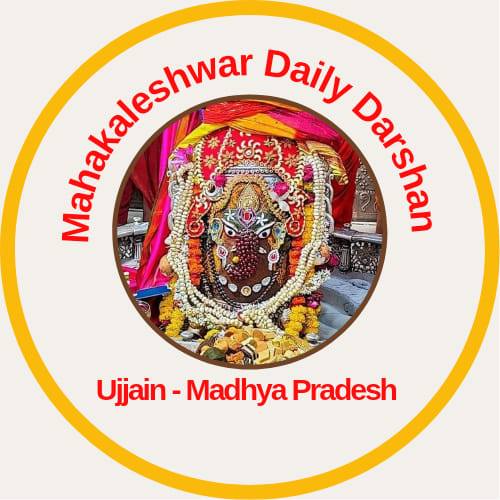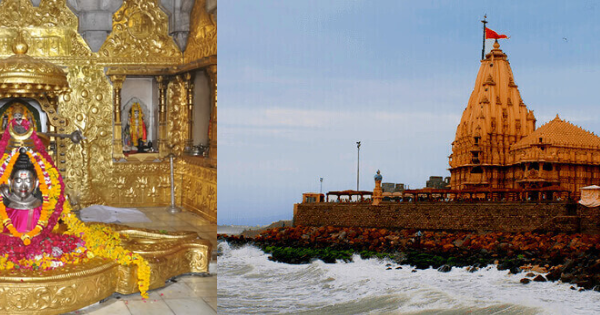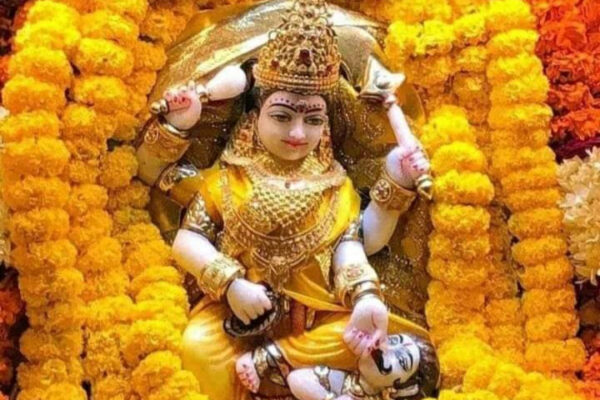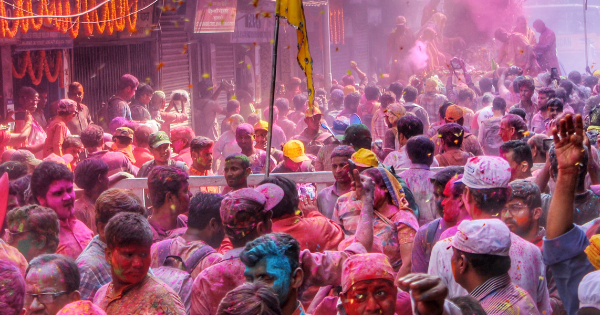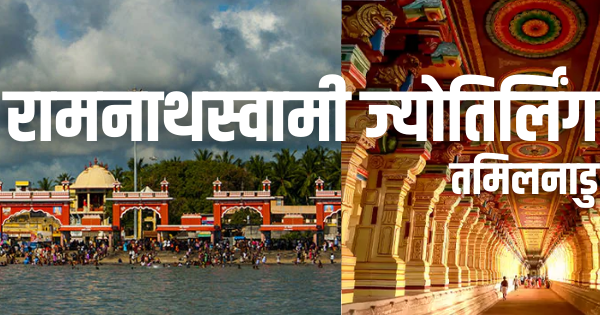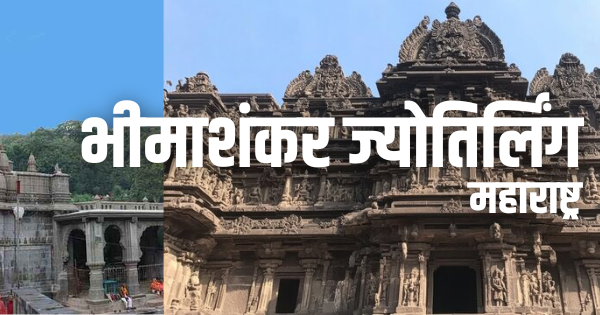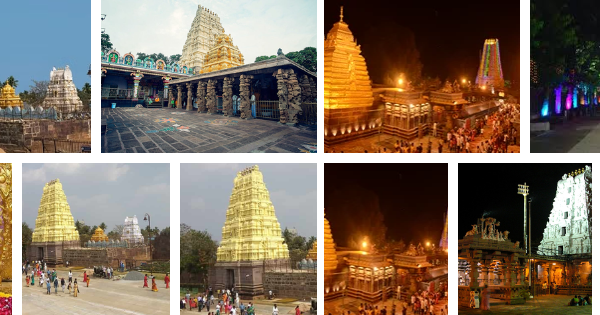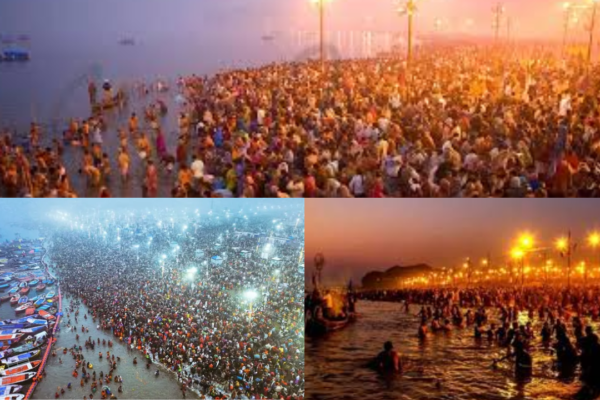धनयोग ब्रेसलेट – धन, सौभाग्य और सफलता का रहस्य | Dhanyog Bracelet Benefits
धनयोग ब्रेसलेट क्या है? जानिए इसके चमत्कारी फायदे और पहनने का सही तरीका धनयोग ब्रेसलेट क्या है? धनयोग ब्रेसलेट (Dhanyog Bracelet) एक ज्योतिषीय और ऊर्जात्मक (Energy) ब्रेसलेट है, जिसे विशेष रूप से व्यक्ति के धन, भाग्य, सफलता और समृद्धि को बढ़ाने के उद्देश्य से बनाया जाता है। यह ब्रेसलेट कई प्रकार के प्राकृतिक रत्न (Crystals),…
